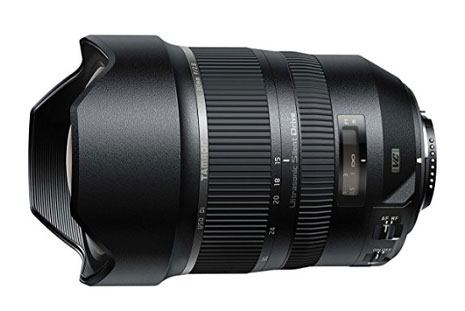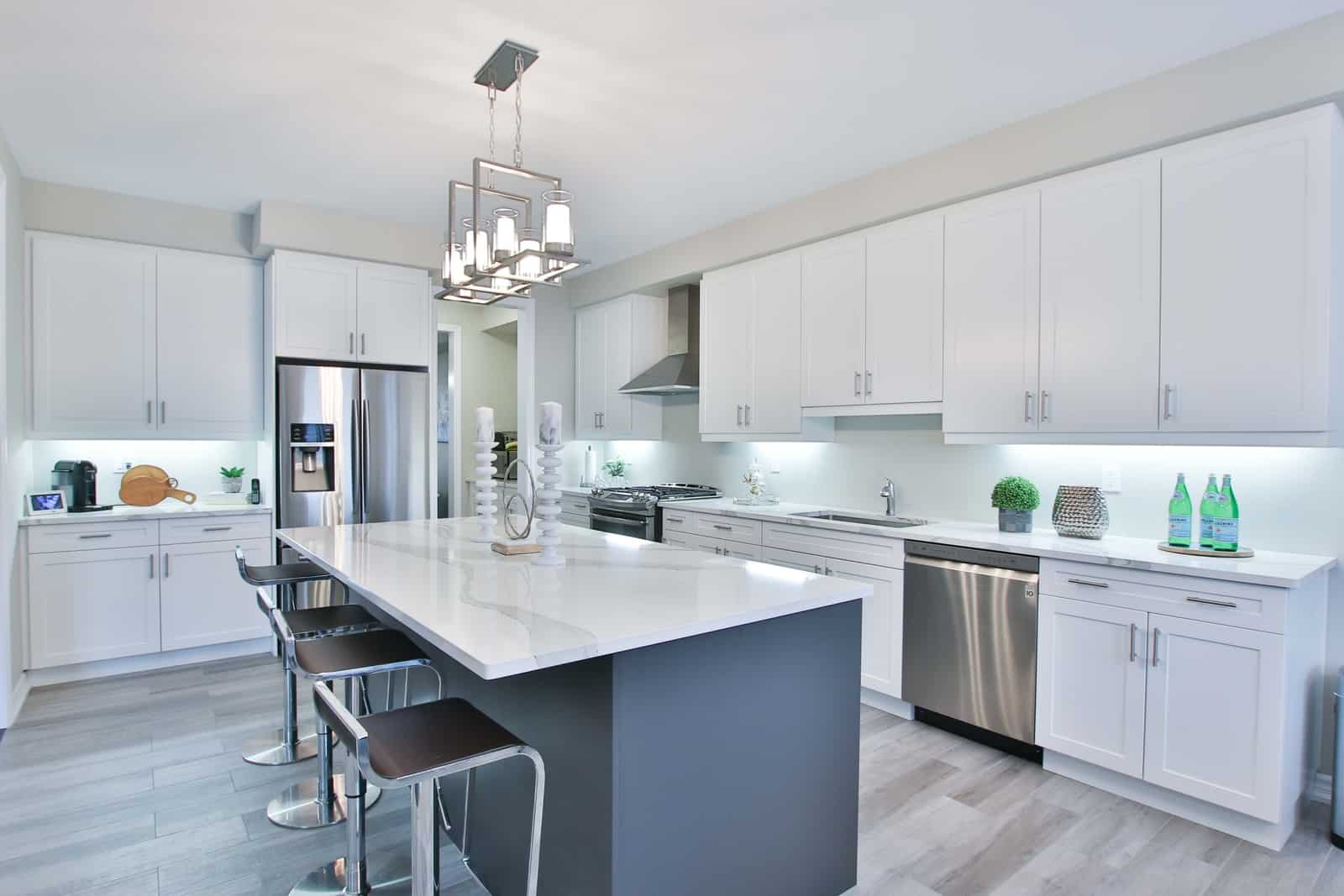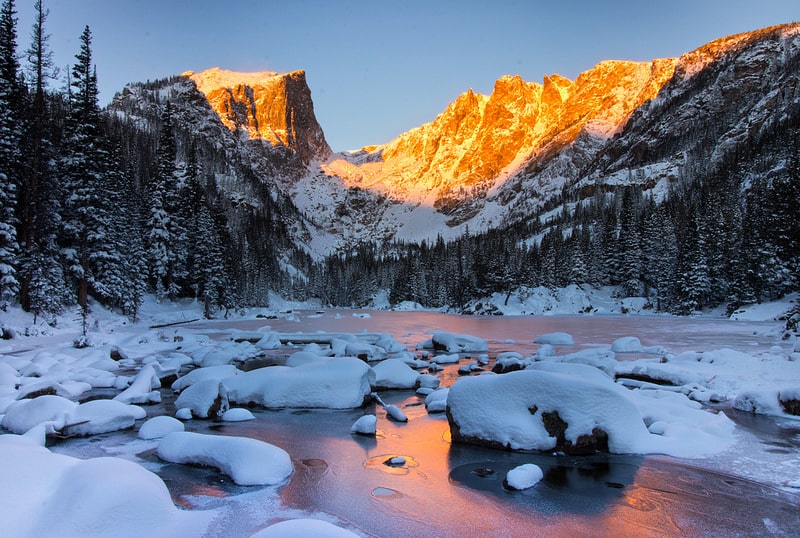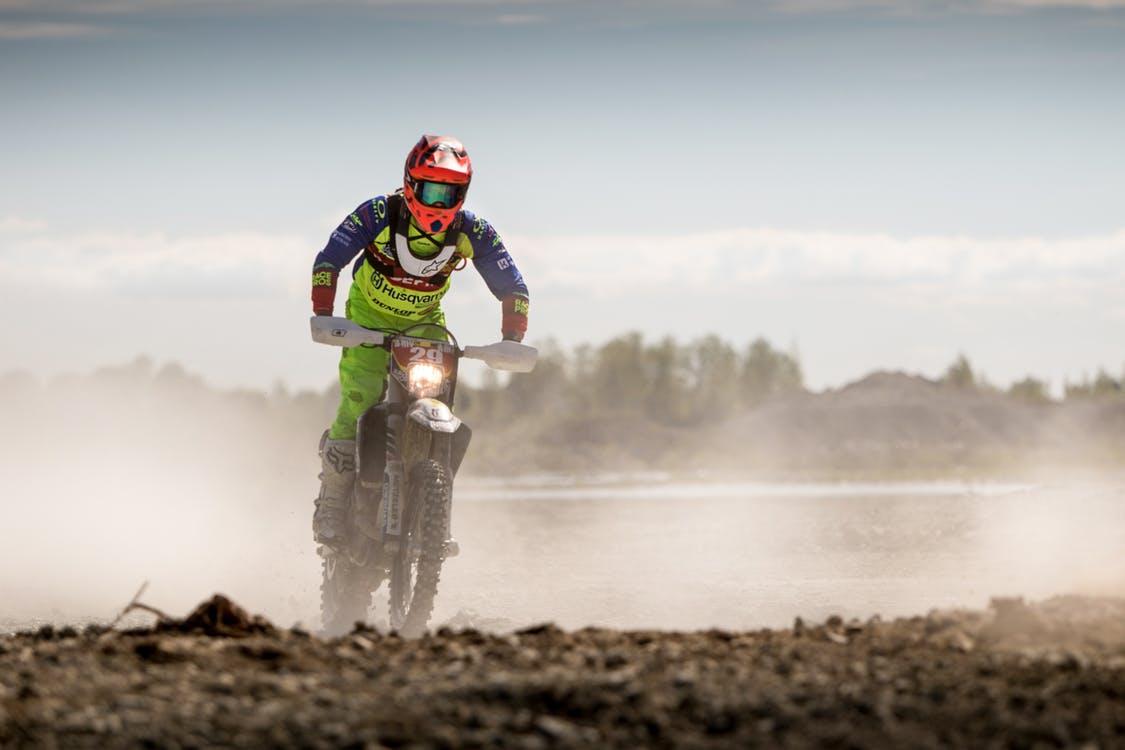Trying to figure out what is the best lens for Real Estate photography? For real estate photography, there’s only one thing that truly matters: wide angle lenses. Regardless of what kind of Nikon camera you have this kind of lens will significantly increase your property shots.
This post is geared towards finding the best lens for real estate photography for a Nikon Camera. If you have a different camera brand then check out one of these Real Estate Lenses posts.
Real Estate Lenses for Other Camera Brands
Table of Contents
ToggleBest Nikon Lenses for Real Estate:
Tamron 15-30mm f/2.8 Di VC USD
Nikon 16-35mm f/4G ED VR
Nikon PC-E 24mmm f/3.5D ED
 Best Nikon DX Lenses:
Best Nikon DX Lenses:
Nikon 10-24mm f/3.5-4.5G ED
Tokina 11-16mm f/2.8 Pro DX II
Every single lens on this list will fit on a DX Nikon DSLR, but the 2 lenses we have in the last category will not fit on a full frame DSLR. Simply put, if you’re using an DX camera you have nothing to worry about.
Selecting the Best Real Estate Lenses for Nikon
What lens should you use as a realtor or property manager? Your number one priority for taking pictures indoors should be having an ultra wide lens that allows you to capture the entire scene. Anything under 24mm is a must, and you’ll rarely want to go below 12/14mm as most lenses show too much distortion.
Besides that, you’ll also want to invest in a good tripod. In a way, having a solid tripod is more important than the lens you use!
Below you will find our best real estate lenses from Nikon, Tamron and Tokina.
How to Choose a Lens for Real Estate?
There are four key areas you should look at when selecting a lens for property photography. This is just a quick summary, but if you want more information, we have a post dedicated to interior real-estate photography.
Focal Length
We’ve already got that covered; leave your telephoto lenses at home because anything over 24mm is too long.
This is even more important if you’re using a DX camera with a 1.5x crop factor.
This is also the reason why full frame DSLR cameras are much more desirable among landscape and real estate photographers. You can still use DX cameras to photograph these two subjects of course, and millions do that everyday, but it’s just a disadvantage.
- Stick to lenses under 24mm if you have a FX camera, and stick to lenses under 15mm if you have a DX camera.
Aperture
To capture controlled interiors, you’ll rarely use big apertures, which means there’s no reason for you to spend thousands of dollars more on f/2.8 lenses when you’ll most likely shoot between f/5.6 to f/22.
- For real estate purposes you’ll usually shoot between f/5.6 – f/22, so don’t worry about spending more on f/2.8 or bigger lenses.
Distortion
Wide angle lenses are notorious for the following: distortion and flare. Flare can be controlled or at least minimized, whereas distortion is something that you’ll have to fix in post process if you find it too strong.
The more expensive the lens, the less distortion you’ll get, but we’ve picked out what we feel are the top performers for the price.
If you absolutely want straight lines directly out of your camera without any extra work, you’ll need to get a Perspective Control lens (we have 1 in our guide). Expensive, but worth it if you’re doing this professionally.
Tripod or Image Stabilization?
Nothing beats a good, solid tripod. Sharper shots and the ability to use smaller apertures with slower shutter speeds because you’re stable, and proper framing.
There might be situations where you can’t bring a tripod, or there’s not enough time to fully setup one in each room. In this case, having a lens with Vibration Reduction (VC on Tamron) helps a lot because you’ll be shooting with small apertures, which then results in slow shutter speeds to make up for the “lost light”. A stabilized lens can help up to ~3-4 stops, meaning you can shoot with 1/15 instead of 1/125 and that is a lot indoors!
Best Nikon Lenses for Real Estate Photography 2022
If you decide to buy anything after clicking on our Amazon links, you automatically support us. It’s what allows us to write guides such as this one.
1. Tamron 15-30mm f/2.8 Di VC USD
Wide zooms from third-party lenses that would challenge more expensive Nikon zooms are hard to find, but the Tamron 15-30mm f/2.8 Di VC USD does just that.
It was made to rival Nikon’s famous 14-24mm f/2.8G and Canon’s 16-35mm f/2.8 series. None of these have any stabilization added though, and that is perhaps Tamron’s strongest selling point right now. That, and the low price combined with excellent image quality! Check out Dpreview’s comparison between 14-24mm and Tamron 15-30mm here.
We had a tough time deciding whether we should put both the Nikon 14-24mm and Tamron on this list, but seeing how close (and even better somewhere) the Tamron is, we had to go with it. It’s cheaper, has more zoom on the far end (although you lose 1mm, which to some may be important) and offers Vibration Reduction which is really useful especially if you record hand held videos or often shoot without a tripod.
The Vibration Reduction (VC) mechanism helps up to 3 stops (you can see it in TDP’s review here), which means you can shoot with 1/8 where you’d normally have to choose 1/60.
Thanks to USD (Ultrasonic Silent Drive) it focuses quietly and accurately.
You can buy it at Amazon or see more reviews here.
2. Nikon 16-35mm f/4G ED VR
The Nikon 16-35mm f/4G ED VR is another excellent lens, although it costs only around $100 less than the Tamron.
What are the pros and cons compared to the 15-30mm?
- You can use normal filters on the 16-35mm f/4
- The 16-35mm is a lot smaller and lighter (almost twice as less)
- 5mm more on the telephoto end.
A lot of people find the dimensions to be very important, so if for your work you want to be as light as possible, the 16-35mm wins big here.
On the other hand, the Tamron being just a little bit more expensive gets you an f/2.8 aperture, slightly better image quality in corners and 1mm extra which is very useful when shooting in tight indoor spaces.
Both lenses have Vibration Reduction, so it’ll ultimately come down to whether you find the 3 advantages of the 16-35mm f/4 to be crucial for your needs.
You can buy it at Amazon or see more reviews here.
3. Nikon PC-E 24mm f/3.5D ED
The Nikon PC-E 24mm f/3.5D ED does not have auto focus so it’s best to use it on a tripod, like all other tilt-shift lenses.
What is the beauty of perspective control/tilt-shift lenses?
First is the ability to achieve absolutely straight lines by tilting or shifting the lens, something that’s a must for professional architecture, indoors and building photography. You could also do this with certain subjects in the nature, like the sea or trees.
The second reason why these lenses are great is the fact that you can stack shots together and get extremely sharp, high detailed photographs with a very small depth of field. The lens allows you to change your focus and you can easily take 2-3 photos at the same location and simply changing the focus (one for the foreground, one for the background, more if needed) and merge these together later. If you’re interested in landscape photography with tilt-shift lenses, check out this post with beautiful examples.
This focus ability also makes them good for product photography and achieving the miniature effect, but they are quite expensive so we only recommend getting a tilt-shift if you can see and use the benefits.
The 24mm specifically, is an extremely sharp prime lens and thankfully not as expensive as Nikon’s new 90mm PC-E. Check out this video by LensProToGo for focusing and tilt-shift uses.
You can buy it at Amazon or see more reviews here.
Best Nikon Lenses for Real Estate -DX Sensor:
1. Nikon 10-24mm f/3.5-4.5G ED (DX Only)
The Nikon 10-24mm f/3.5-4.5G ED is more or less your default option if you have a DX camera and want the widest zoom available.
It’s not the cheapest, but it’s worth the money if you like the range and don’t care too much about low light shooting. For indoor, landscape and most outdoor photography, f/3.5 to f/4.5 is plenty of light, especially if you’re using one of newer Nikon cameras that can handle high ISO pretty good.
Mounted on a DX camera, its field of view is equivalent to a 15-36mm, which is the most common wideangle length on FX cameras.
Image quality and colors are very good, but you might notice some distortion and softness when shooting wide open at ~10mm. This is expected and is common with all extreme wide angle lenses, and the Nikon actually performs really well for the price.
It’s got 2 Extra Low Dispersion elements that reduce chromatic aberration and other lens issues, 3 Aspherical elements to reduce the coma, and SWM for quick and silent auto focusing.
If you don’t care about low light, and want the most zoom for your DX camera, no other lens beats the 10-24mm..
You can buy it at Amazon or see more reviews here.
2. Nikon 11-16mm f/2.8 Pro DX II (DX Only)
For low light, indoor and astrophotography, the Tokina 11-16mm f/2.8 is a great choice.
It’s actually really good for landscape and outdoor use, but it depends on if you’re okay with 11 to 16mm range. It’s not a lot, so you’re always going to be “stuck” with extreme wide angles.
It costs a lot less than most other lenses on this list, has a great build quality and allows you to shoot at f/2.8. As you will see with other lenses, f/2.8 makes a zoom a lot more expensive, which is why Tokina is so popular among Nikon photographers.
Compared to the 10-24mm above, the Tokina feels better built and also looks sharper when you reach the same aperture sizes. On the other hand, it displays more flare and chromatic aberration, so you’ll have to correct those in post, especially if you shoot RAW.
In short, get the Tokina if you want to spend less, shoot with f/2.8 (also for low light) and don’t care about having a lot of zoom.
You can buy it at Amazon or see more reviews here.
Only 2 lenses for DX but they’re both perfect.
Tips for Taking Better Interior Real Estate Photography
Whether a Realtor or a Property Manager, the housing market is always competitive.
So anything you can do to stand out from the sea of options can go a long way. This advice applies to homeowners that are listing on Airbnb, VRBO, or other rental marketplaces as well.
People are very visual by nature and so a great property shot can catch a buyers attention or at least instill confidence in the condition of the property.
Need some tips before setting up to shoot the spaces of your property? Consider reading our guide on Interior Real Estate Photography.
Related Articles
Interior Real Estate Photography Tips
You need an intriguing property shot to can catch a buyer's or renter's attention and instill confidence in the property.
Read MoreBest Nikon Lenses For:
First and foremost, I’m a husband and father. Then professionally I’m photographer, designer, blogger, and Esty store owner. My homebase is near the stunning Wasatch mountains in Utah but I love traveling with my family as part of our homeschooling journey. I also love teaching and helping out others. My faith is one of the biggest aspects of my life and brings be a consistent joy that I haven’t found in anything else. My main blog is BestPhotographyGear.com and I strive to make photography simple for anyone looking to learn or find gear for their individual needs. By nature, I like to study, research, and analyze things and I use that help provide the best advice and reviews I can.










